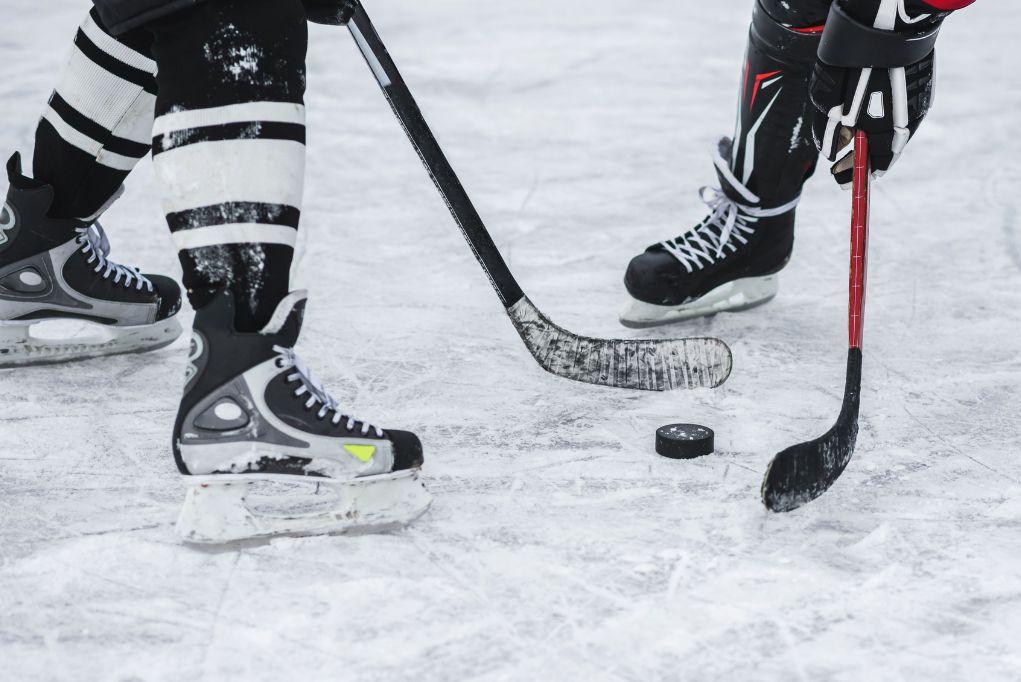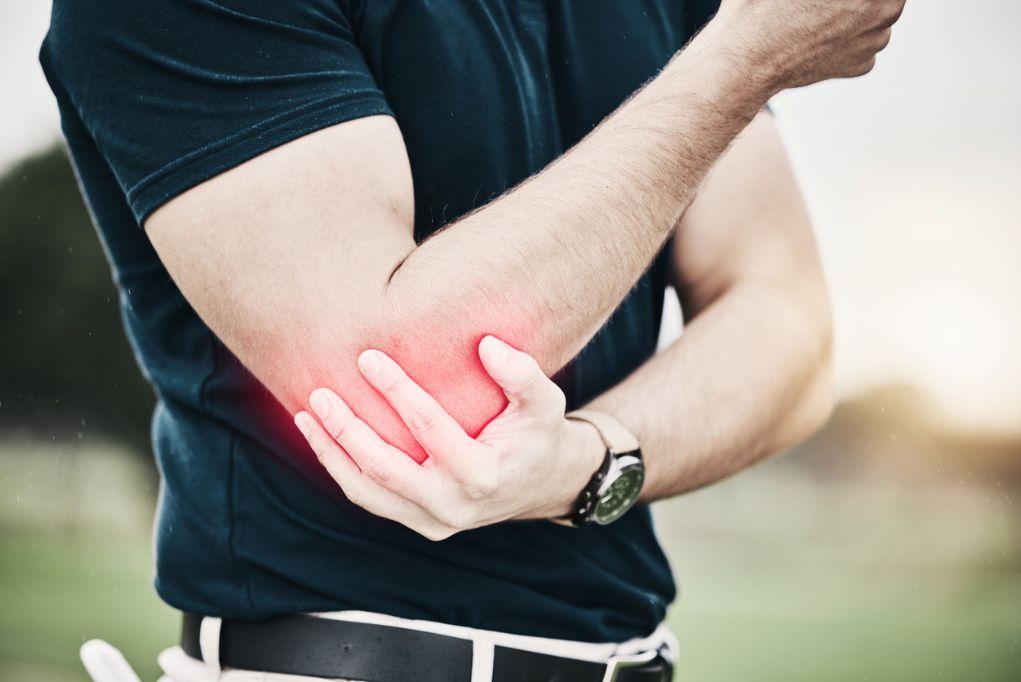Preventing Ice Hockey Injuries
Ice hockey is an exhilarating sport that demands a blend of strength, agility, and speed. However, its physical nature makes players susceptible to hockey injuries. Understanding how to prevent an ice hockey injury and treat it effectively is crucial for players of all levels. Whether you’re new to the sport or a pro refining your training, the following tips will help you prevent injuries and stay on the ice.

The Most Common Hockey Injuries
Ice hockey injuries often occur due to high-impact collisions, rapid movements, and falls. Awareness of the most common injuries can help players and coaches focus on prevention strategies. Some of the most common hockey injuries include:
- Concussions: A type of traumatic brain injury caused by a blow to the head.
- Knee injuries: These can range from mild sprains to more severe ligament tears.
- Shoulder injuries: Shoulder injuries often occur as a result of contact with other players or from using hockey sticks.
- Ankle and foot injuries: Commonly caused by sudden twists, falls, or collisions with opponents.
- Groin and hip injuries: These can happen due to frequent lunging, twisting, and turning movements.
- Wrist and hand injuries: These injuries often occur from being hit by a puck or stick during gameplay.
Preventing Hockey Injuries
Ice hockey is a physically demanding sport that requires a focus on safety. With high-speed skating, sharp turns, and body contact, the risk of injury is ever-present. The good news is that most injuries are preventable with the right approach to preparation, technique, and equipment. Below are three key strategies to help players stay safe on the ice.
Invest in High-quality Equipment
Investing in high-quality equipment is essential for preventing hockey injuries. Properly fitted gear minimizes the impact of collisions, falls, and puck strikes. A snug helmet with a full cage or visor protects the head and face, while well-fitted shoulder pads, shin guards, and gloves shield vulnerable areas without limiting mobility. Additionally, maintaining sharp, even skate blades and ensuring strong ankle support reduces the risk of sprains and instability on the ice.
Build Strength and Flexibility
Building strength and flexibility is vital for preventing injuries and enhancing performance. Strength training improves balance and power by targeting the core, legs, and upper body, while dynamic stretching before games prepares muscles and joints for quick movements. Off-ice conditioning, such as aerobic and anaerobic exercises, boosts endurance and helps prevent fatigue-related injuries, ensuring players stay resilient throughout the game.
Practice Safe Techniques and Game Etiquette
Practicing safe techniques and adhering to game etiquette is crucial for preventing avoidable hockey injuries. Learning how to give and receive body checks safely minimizes impact injuries, while controlled stick movements help prevent accidental hits. Respecting the rules of the game and fostering sportsmanship also reduce risky behaviors, creating a safer environment for all players.
Treating Hockey Injuries
Despite taking preventive measures, an ice hockey injury can still occur in such a fast-paced game. Prompt and appropriate treatment is critical to ensure a smooth recovery and prevent long-term complications. Below are key approaches to treating hockey injuries effectively.
Acute Injury Care: The RICE Method
For minor injuries such as sprains, bruises, or muscle strains, the RICE method is a simple yet effective approach:
- Rest: Avoid putting stress on the injured area to prevent further damage.
- Ice: Apply ice packs for 20-minute intervals every few hours to reduce swelling and numb pain.
- Compression: Use an elastic bandage to limit swelling and provide support.
- Elevation: Keep the injured area elevated above heart level to decrease swelling and improve circulation.
Physical Therapy for a Severe Ice Hockey Injury
More serious injuries, like ligament tears or fractures, often require physical therapy to ensure proper healing. At Motion Orthopaedics, our skilled therapists create personalized treatment plans to help players regain strength and mobility. A trained physical therapist can create a customized rehabilitation program that:
- Restores strength and mobility through targeted exercises.
- Improves balance and coordination to prevent future injuries.
- Gradually transitions players back to full activity on the ice.
- Offers preventive strategies to reduce the risk of re-injury.
Stay Healthy This Hockey Season With Motion Orthopaedics
If you or someone you know has suffered a hockey injury, don’t delay seeking the expert care you need. Our team at Motion Orthopaedics is here to help you recover and get back on the ice stronger than ever. Our experienced orthopedic specialists and skilled physical therapists will provide personalized treatment plans tailored to your needs. Don’t let hockey injuries hold you back from the game you love. Book an appointment with Motion Orthopaedics today, and let us help you stay healthy this hockey season.




